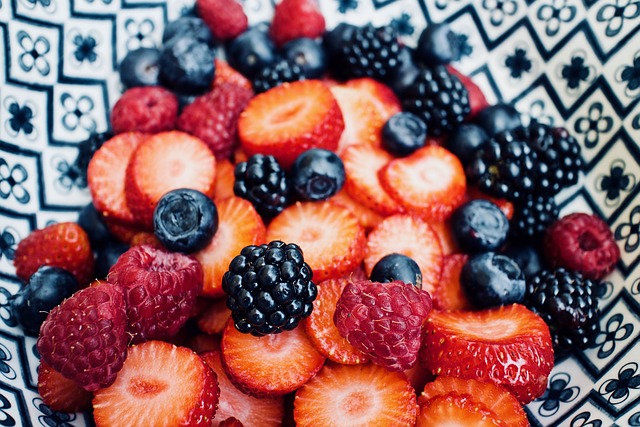Eating healthy is essential for feeling your best and maintaining good health. By choosing nutritious foods, you can boost your energy, improve your mood, and lower your risk of many diseases. This guide will walk you through what makes a healthy food, highlight some top picks, and offer easy tips for making healthy eating a part of your daily routine.
What Makes Food Healthy?
Healthy foods provide essential nutrients that your body needs to work properly. These include vitamins, minerals, protein, fiber, and good fats. They usually have low amounts of added sugars, unhealthy fats, and salt. Eating a mix of these foods helps keep your body in balance and supports overall health.
Why Eat Healthy Foods?
- Boost Energy: Nutritious foods keep your energy levels steady throughout the day.
- Improve Mood: A balanced diet can have a positive effect on your mood and mental well-being.
- Support Digestion: High-fiber foods help keep your digestive system running smoothly.
- Manage Weight: Healthy foods are often lower in calories, which can help you maintain or lose weight.
- Prevent Diseases: Eating a variety of healthy foods can reduce your risk of chronic illnesses like heart disease and diabetes.
Top Healthy Foods to Try
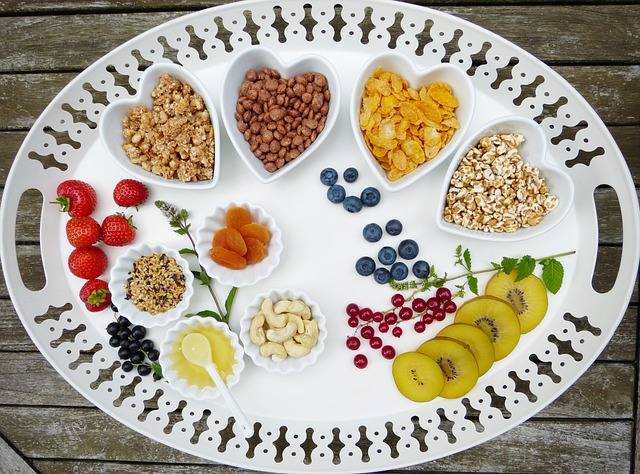
“Fruits“
1. Berries
- Benefits: Strawberries, blueberries, and raspberries are packed with antioxidants and vitamins that help fight inflammation and support heart health.
- How to Enjoy: Eat them fresh, blend into smoothies, or mix with yogurt.
2. Apples
- Benefits: Apples provide fiber and vitamin C and have antioxidants that support immune health.
- How to Enjoy: Eat them raw, add to salads, or bake them for a sweet treat.
3. Bananas
- Benefits: Bananas are rich in potassium, which is good for heart health and muscle function. They also provide quick energy.
- How to Enjoy: Eat them alone, slice into cereal, or blend into smoothies.
4. Citrus Fruits
- Benefits: Oranges, lemons, and grapefruits are full of vitamin C, which boosts the immune system and keeps your skin healthy.
- How to Enjoy: Drink fresh juice, eat them as a snack, or add to salads.
5. Avocados
- Benefits: Avocados are high in healthy fats and fiber. They also provide vitamins like potassium and vitamin E.
- How to Enjoy: Add to salads, spread on toast, or blend into smoothies.
“Vegetables“
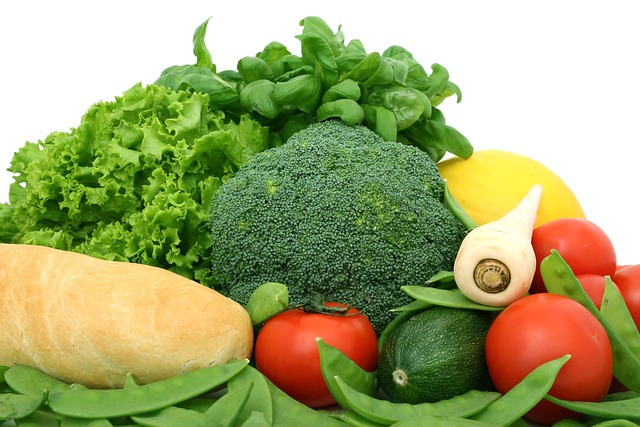
1. Leafy Greens (Spinach, Kale)
- Benefits: Leafy greens are low in calories but rich in vitamins A, C, and K, along with iron and calcium. They support bone health and vision.
- How to Enjoy: Use in salads, smoothies, or sauté as a side dish.
2. Broccoli
- Benefits: Broccoli is high in fiber and vitamins C and K. It also has antioxidants that help protect against certain cancers.
- How to Enjoy: Steam, roast, or stir-fry. Add to soups or casseroles.
3. Carrots
- Benefits: Carrots are a great source of beta-carotene, which converts to vitamin A, supporting eye health and immune function.
- How to Enjoy: Eat raw with dips, add to salads, or cook in soups and stews.
4. Bell Peppers
- Benefits: Bell peppers are full of vitamins A and C and antioxidants that help with immune health and skin integrity.
- How to Enjoy: Eat raw, add to salads, or roast for extra flavor.
5. Sweet Potatoes
- Benefits: Sweet potatoes are high in fiber, vitamins A and C, and potassium. They provide long-lasting energy and support digestion.
- How to Enjoy: Bake, mash, or add to soups and stews.
“Whole Grains“
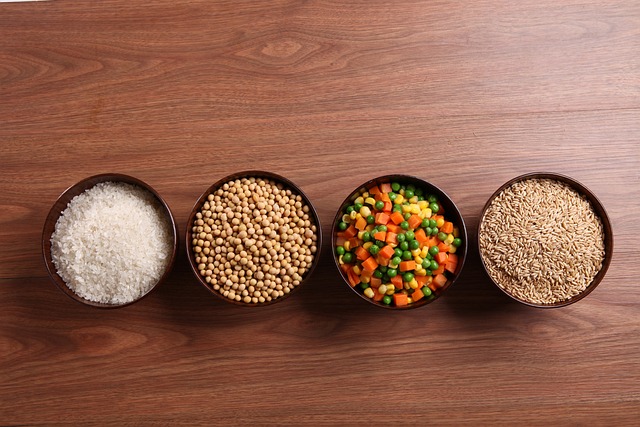
1. Quinoa
- Benefits: Quinoa is a complete protein, meaning it contains all nine essential amino acids. It’s also high in fiber and minerals like iron and magnesium.
- How to Enjoy: Use as a base for salads, serve as a side dish, or add to soups.
2. Brown Rice
- Benefits: Brown rice is a whole grain that’s high in fiber, B vitamins, and minerals like magnesium. It supports digestive health.
- How to Enjoy: Serve as a side dish, use in stir-fries, or add to soups.
3. Oats
- Benefits: Oats are high in fiber and help lower cholesterol levels. They provide steady energy and are rich in antioxidants.
- How to Enjoy: Eat as oatmeal, blend into smoothies, or use in baking.
4. Barley
- Benefits: Barley is high in fiber and essential nutrients like B vitamins and iron. It supports digestive health and helps control blood sugar.
- How to Enjoy: Add to soups, salads, or use as a side dish.
5. Whole Wheat
- Benefits: Whole wheat products like bread and pasta are rich in fiber and nutrients. They support heart health and digestion.
- How to Enjoy: Choose whole wheat versions of bread, pasta, and other baked goods.
“Protein Sources“

1. Lean Meat (Chicken, Turkey)
- Benefits: Lean meats are high in protein and provide essential nutrients like iron and B vitamins. They support muscle health and energy.
- How to Enjoy: Grill, bake, or stir-fry. Use in salads, sandwiches, or as a main dish.
2. Fish (Salmon, Tuna)
- Benefits: Fish is rich in omega-3 fatty acids, which support heart health and brain function. It’s also a great protein source.
- How to Enjoy: Bake, grill, or pan-sear. Add to salads or eat as a main dish.
3. Eggs
- Benefits: Eggs are complete protein and provide essential nutrients like vitamin D and choline. They support muscle health and brain function.
- How to Enjoy: Boil, scramble, or poach. Use in salads, sandwiches, or as a breakfast item.
4. Nuts and Seeds (Almonds, Chia Seeds)
- Benefits: Nuts and seeds are high in healthy fats, protein, and fiber. They support heart health and provide lasting energy.
- How to Enjoy: Snack on them, add to salads, or use in baking.
5. Legumes (Beans, Lentils)
- Benefits: Legumes are rich in protein, fiber, and essential nutrients. They support digestion and provide plant-based protein.
- How to Enjoy: Add to soups, salads, or use in stews and casseroles.
“Dairy and Alternatives“
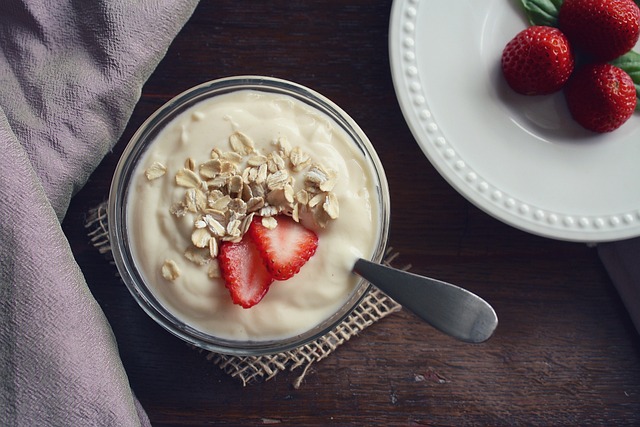
1. Greek Yogurt
- Benefits: Greek yogurt is high in protein and probiotics, which support gut health. It’s also lower in sugar compared to regular yogurt.
- How to Enjoy: Eat plain or with fruit, use in smoothies, or as a base for sauces.
2. Milk (Low-Fat or Plant-Based)
- Benefits: Milk provides calcium, vitamin D, and protein. Plant-based milks often include added nutrients.
- How to Enjoy: Drink plain, use in cereals, or add to smoothies.
3. Cheese (Low-Fat Varieties)
- Benefits: Cheese is a good source of protein and calcium. Opting for low-fat varieties helps reduce calorie and fat intake.
- How to Enjoy: Use in sandwiches, salads, or as a snack.
4. Almond Milk
- Benefits: Almond milk is a low-calorie, dairy-free alternative with added vitamin E and healthy fats. It’s great for those who are lactose intolerant.
- How to Enjoy: Drink plain, use in recipes, or add to coffee and tea.
5. Cottage Cheese
- Benefits: Cottage cheese is high in protein and calcium but relatively low in fat. It supports muscle repair and bone health.
- How to Enjoy: Eat plain, mix with fruit, or use in recipes.
Tips for Healthy Eating

- Balance Your Meals: Aim to include a variety of food groups in every meal to get all the nutrients you need.
- Watch Portions: Keep an eye on portion sizes to avoid overeating, even with healthy foods.
- Stay Hydrated: Drink plenty of water throughout the day to stay hydrated.
- Choose Whole Foods: Opt for whole, unprocessed foods over packaged ones that may contain hidden sugars and unhealthy fats.
- Cook at Home: Preparing your own meals lets you control what goes into your food and makes healthy eating easier.
Sample Healthy Meal Plan
Here’s an easy meal plan to get you started:
Breakfast: Greek yogurt with fresh berries and a sprinkle of chia seeds.
Lunch: Grilled chicken salad with mixed greens, cherry tomatoes, bell peppers, and light lemon vinaigrette.
Snack: A handful of almonds and an apple.
Dinner: Baked salmon with roasted broccoli and quinoa.
Dessert: A few slices of fresh fruit, like oranges or strawberries.
Conclusion
Eating healthy doesn’t have to be complicated. By focusing on a variety of fruits, vegetables, whole grains, lean proteins, and dairy or alternatives, you can create a balanced diet that supports your health and well-being. With a bit of planning and creativity, making healthy food choices can be enjoyable and rewarding.











